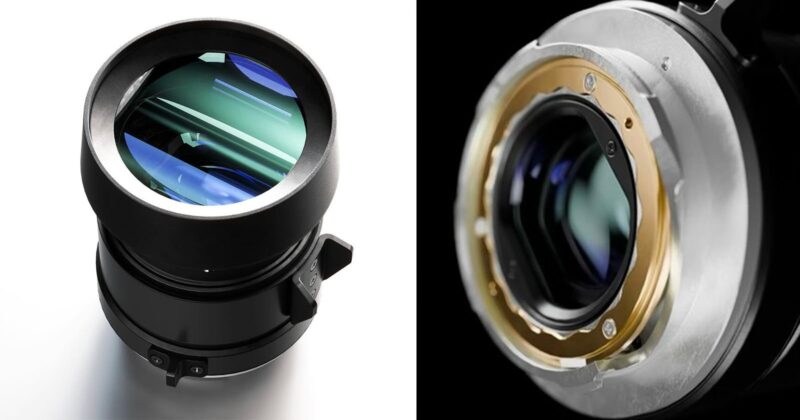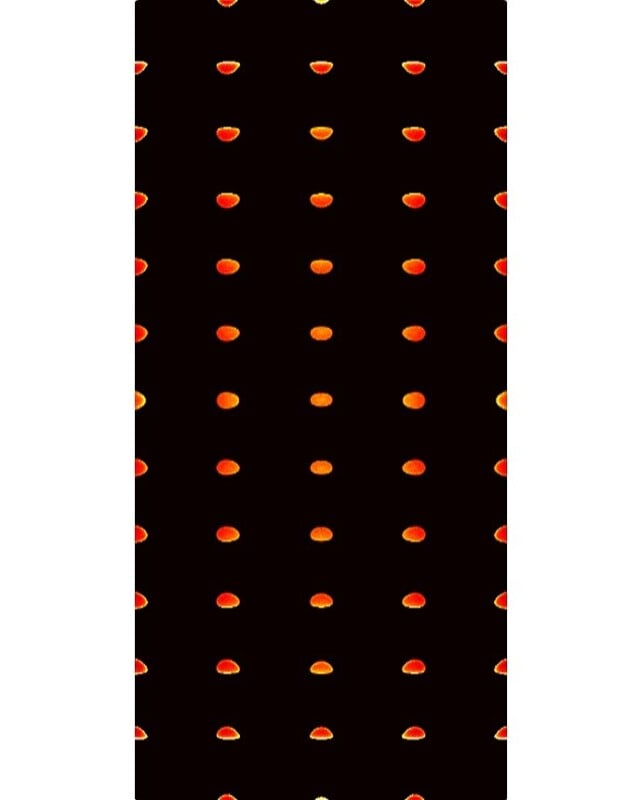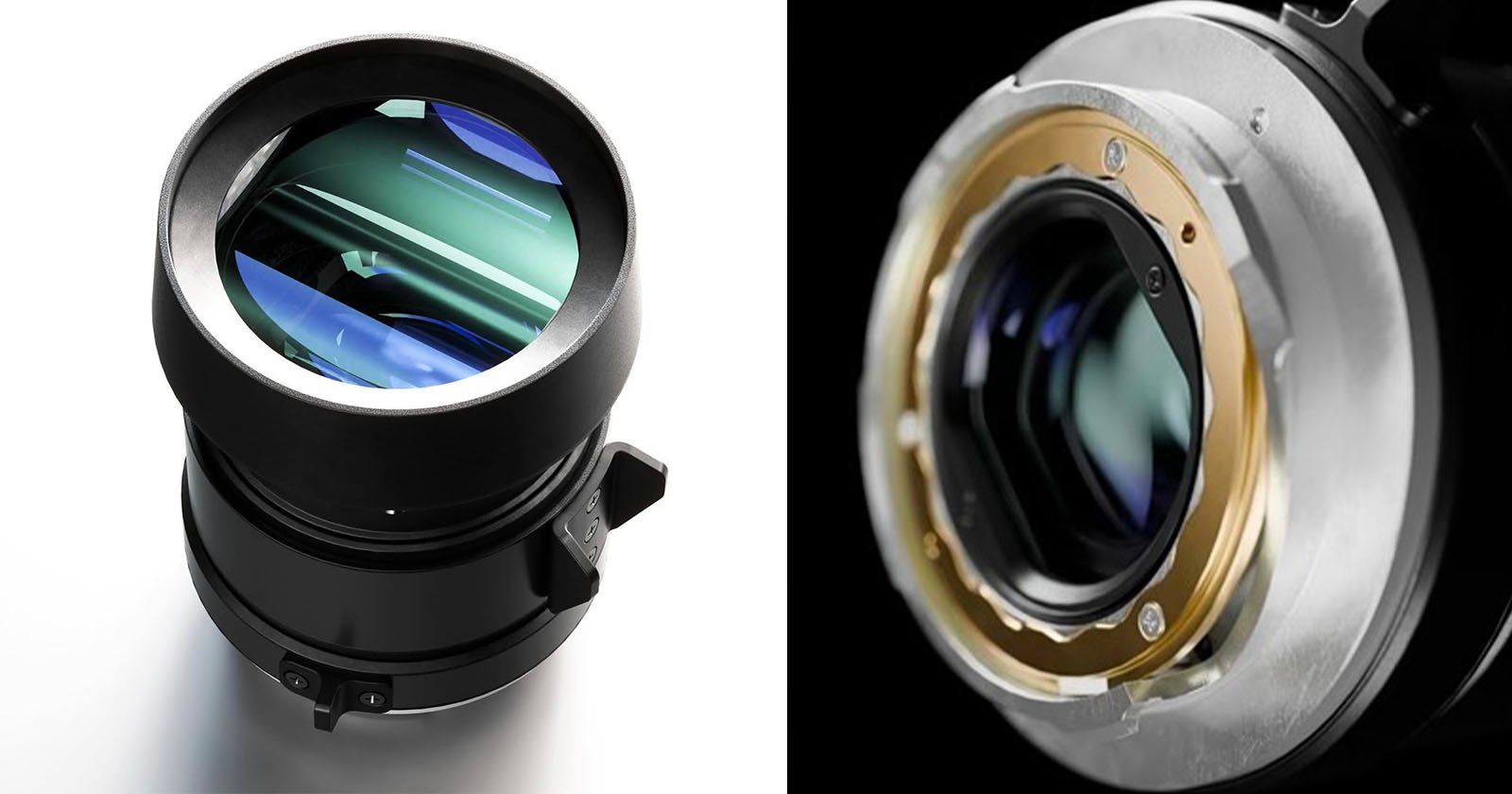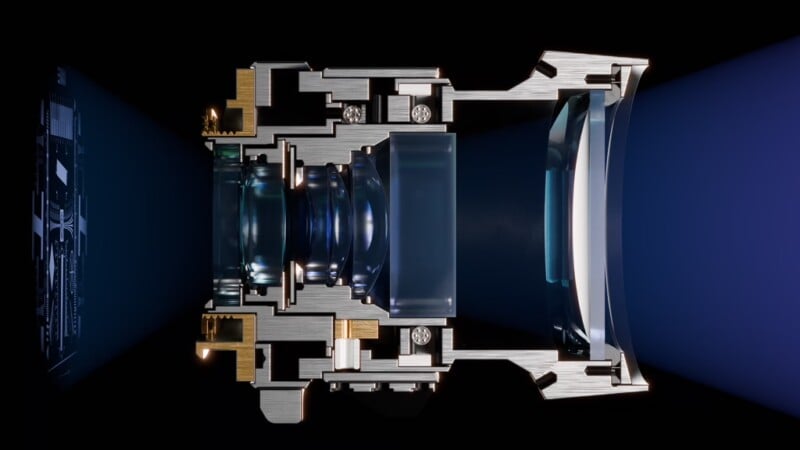 Computer rendering of what the Panomicron Bismuth might look like.
Computer rendering of what the Panomicron Bismuth might look like.
A photographer with a penchant for making his own camera gear is embarking on an ambitious project to create the world’s first anamorphic lens for a rangefinder camera.
Product and computational designer Oscar Oweson has already made an anamorphic 1.33x adapter called the Alum and a 6×7 rangefinder camera, but his next project is his most pioneering yet as he attempts to make a rangefinder coupled, 1.5x anamorphic lens for the Leica M-Mount.
“Making an anamorphic lens for the M-Mount has been something I’ve been interested in for a couple of years,” Oweson tells PetaPixel. “Making an anamorphic lens designed from the ground up for rangefinders was, to me, one of those obvious gaps that hadn’t been filled and make for a really interesting and odd product.”
Oweson calls it the Panomicron Bismuth and is funding the project via Kickstarter. He has spent the last year teaching himself optical design and is now ready to attempt assembling and calibrating a lens.
Anamorphic lenses are traditionally associated with cinema and are known for being bulky. But Oweson says that the Bismuth stands at just under 74mm (roughly three inches); that’s about two-thirds of a can of Coca-Cola. The Bismuth will have an aperture range of f/2.8 to f/22 and will be able to focus down to 0.7 meters (2.27 feet). It has a 52mm diameter at the front.
While Oweson is sourcing the parts from China and the glass from Ohara in Japan, he will be assembling the lens in Switzerland, where he lives.
“If you had asked me at the start of the project, I would have told you that teaching myself optics would probably have been the hardest part, but now that that’s mostly out of the way, I think the assembly is going to be somewhat challenging,” he says.
“Firstly, the anamorphics require quite tight tolerances on the alignment of the cylinders, so I will have to build some equipment to make sure I stay within spec to achieve the performance I want. I’ve designed systems to make this alignment possible, so it shouldn’t cause any problems.”
If the Kickstarter is successful, Oweson says he will make 100 units that he forecasts will be a “test of my patience.” But he’s up for the challenge.
 Simulation of the bokeh characteristics. What is an Anamorphic Lens?
Simulation of the bokeh characteristics. What is an Anamorphic Lens?
The main function of an anamorphic lens is that it allows photographers and cinematographers to capture a wider field of view on standard 35mm cameras without needing to alter any of the other components of the cameras. It does this by optically squeezing the image, and this must be later corrected by unsqueezing it in post-production.
As PetaPixel editor in chief Jaron Schneider explained earlier this year while testing an anamorphic lens on a 35mm film camera, anamorphic optics were developed during World War I so that tanks could get a wide field of view. The technology was passed to the cinema industry, where it was used for widescreen aspect ratios, like 2.39:1.
Anamorphic lenses are constructed in a totally different way from standard spherical lenses, and that creates different artifacts that cinema-goers will be familiar with: beautiful oval bokeh and dramatic lens flares.
When asked to speculate why an anamorphic lens has never been made for a rangefinder camera before, Oweson says that anamorphics were very expensive for a long time, and have only recently become popular.
“Secondly, as revered and appreciated as the anamorphic widescreen format is in cinema, it’s been (and largely still is) a very niche format for photographers, and the M-Mount is primarily photography focused,” he adds.
Oweson also points to the fact that rangefinders were at their peak in the film era, and “if you wanted panorama back then, you had some panorama cameras as options like the X-Pan, Widelux, or medium format 6×12 and 6×17, for example.”
He says that now things have changed and photographers are more interested in “lens character and odd lens designs.”
The Kickstarter for the Panomicron Bismuth is live now. If successful, it will ship in June/July next year.
Disclaimer: Make sure you do your own research into any crowdfunding project you’re considering backing. While we aim to only share legitimate and trustworthy campaigns, there’s always a real chance that you can lose your money when backing any crowdfunded project. PetaPixel does not participate in any crowdfunding affiliate programs.
To hold projects accountable, all crowdfunding campaigns on which PetaPixel reports are financially backed with the lowest tier option in order to give the publication visibility into all backer-only communications. If a campaign owner acts in a manner inconsistent with its promises, PetaPixel will share that information publicly.



